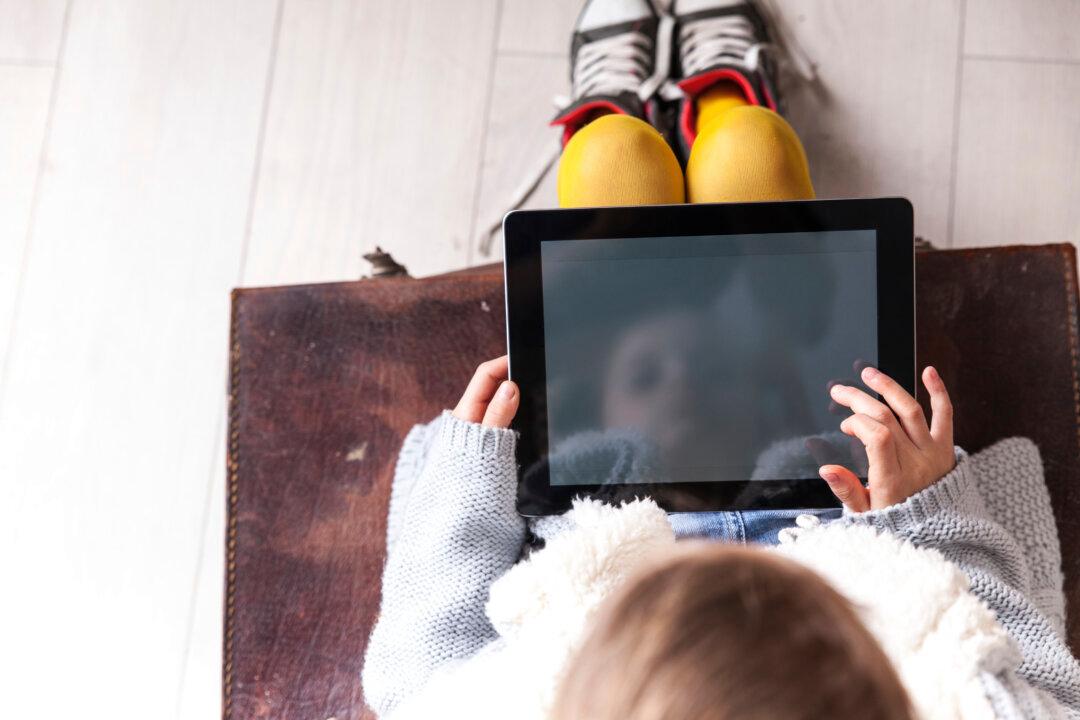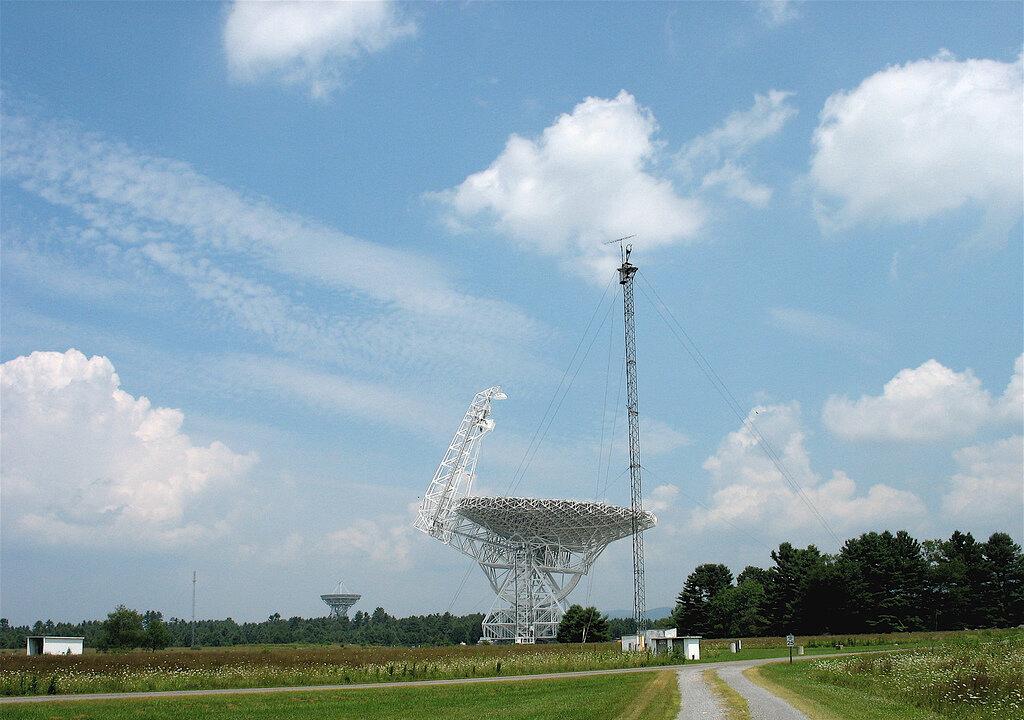Tablets are ubiquitous in schools. But a new study suggests they can’t replace experiments with real-world objects when it comes to helping kids learn.
Researchers designed an experiment to see if 92 children ages 6 to 8 years learned more from a mixed-reality (combining physical and virtual worlds) or screen-only educational game, and the effect that adding a physical component (like shaking the screen) had on the students’ enjoyment of the activity.
READ MORE


